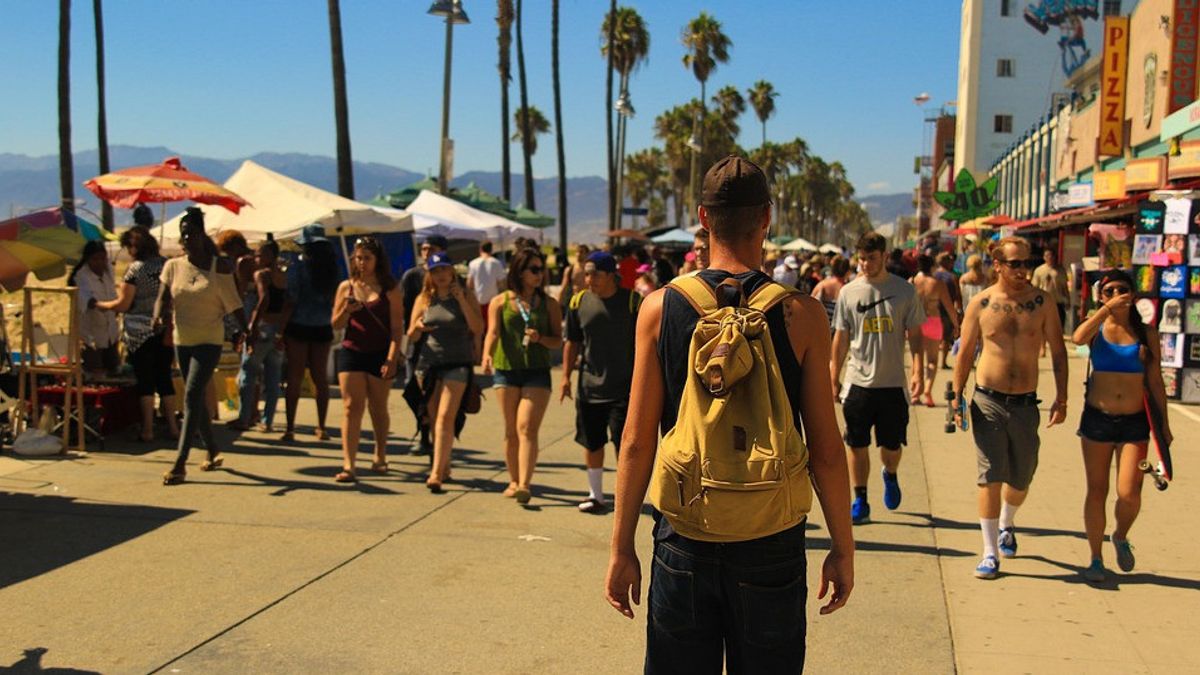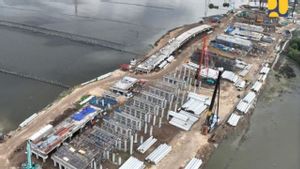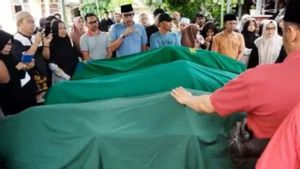JAKARTA - Epidemiologist from Australia's Griffith University, Dicky Budiman said, the tourist cluster due to a long holiday some time ago occurred because the community and tourist attractions visited neglected to implement the health protocol for preventing COVID-19.
In addition, he considered, monitoring of health protocols was not adequate and its implementation was optimal. This can be seen from the existence of tourist attractions that do not apply online registration in the midst of the COVID-19 pandemic.
"With this online registration, for example. First, we can adjust the number of visitors according to capacity and start implementing the first stage screening for visitors according to capacity, starting with the age limit for entering, and other things to educate the public. cluster, "said Dicky to VOI, Monday, August 31.
In addition, tourist clusters due to long holidays may also occur because of the silent spreader or those who have been exposed but have no symptoms. According to Dicky, the silent spreader is a problem because it is difficult to detect.
"Never mind in Indonesia, which is still uncontrolled or the prevalence is still high. In other countries where the prevalence is almost zero, clusters can suddenly appear. Why? Because there is a silent spreader," he said.
According to him, the silent spreader is not only an enemy in Indonesia. He said, in a number of places such as Brisbane, Queensland and New Zealand, the potential for the spread of COVID-19 because the silent spreader was very difficult to detect.
"Even for example, in New Zealand there are new clusters and most of them appear in indoor locations. Whereas previously there were no cases at all for several weeks or months but suddenly it happened because of the silent spreader," explained Dicky.
"That is what is currently very big in making the family cluster and tourism cluster possible," he added.
Dicky assessed that the silent spreader that caused tourist clusters or other clusters was indeed a problem because they were not detected. However, there are several ways that can be done. First, he said, there must be a program from the central and regional governments that synergizes and focuses on eliminating COVID-19 so that the cases become small.
The elimination strategy can be done by testing the community as a whole. With more and more people being tested, early detection of those who turn out to be silent spreaders can be done immediately and continued with contact tracing and independent isolation.
"If this behavior is increased at the central and regional levels, this will certainly be the synergy needed to deal with the pandemic," he said.
Second, another way to avoid silent spreaders is by monitoring, especially for families who have just returned from vacation. This monitoring, said Dicky, can be carried out by the office by detecting which employees have just taken a vacation or by the environment around the residence by using the Puskesmas.
"If there are symptoms, each flu-like symptom and other suspected symptoms will immediately report it. This is so that it can be detected quickly, early, and an immediate response can be made," he said.
Previously, the DKI Jakarta Health Office said there had been a significant increase in positive cases of COVID-19 due to a long holiday some time ago. On Sunday, August 30, DKI Jakarta recorded an increase in positive cases of COVID-19 to 1,114 people.
"Of these, 385 cases are the accumulated data of 7 days previously recently reported, most of which were exposed to COVID-19 during the long weekend (long weekend) in the span of 16-22 August 2020," said the Head of Prevention and Control. Disease, DKI Jakarta Provincial Health Office, Dwi Oktavia, in his statement, Sunday, August 30.
Based on the latest data from the DKI Jakarta Provincial Government Health Office, 70 percent of positive cases today were cases taken by specimens on August 24 and 25 2020. He explained, if counted backwards, the most frequent incubation period is 6 days (incubation is the length of time the virus enters until it causes symptoms), then the patient accesses the PCR examination 1-2 days later, then the highest transmission period occurs on 16-17 August 2020.
"The specimen collection rate on August 27 is also quite high. We need to consider the long weekend effect for two consecutive weeks. There needs to be vigilance and joint efforts, both by the government and the community, in seeing the increasing trend in this case," Dwi said.
The English, Chinese, Japanese, Arabic, and French versions are automatically generated by the AI. So there may still be inaccuracies in translating, please always see Indonesian as our main language. (system supported by DigitalSiber.id)








